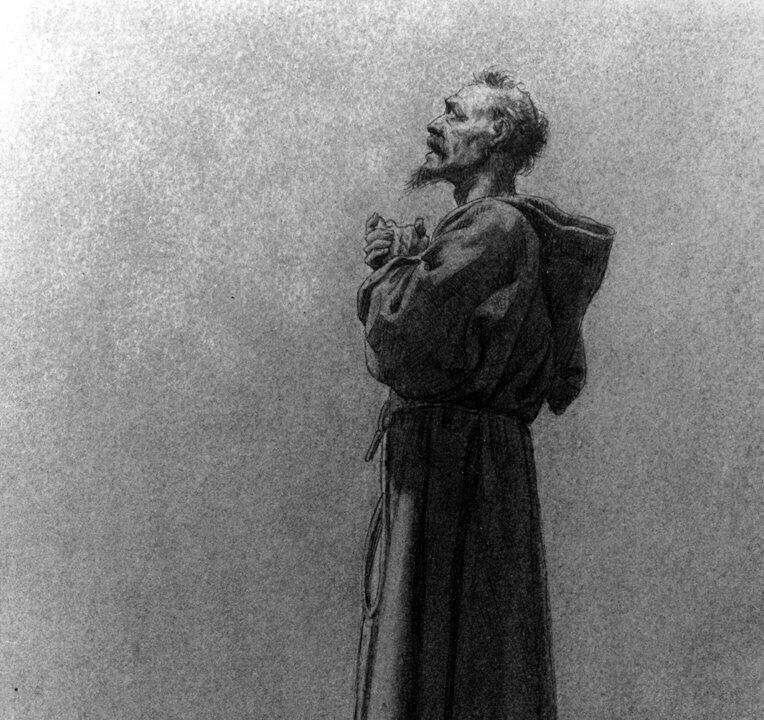Simeon Stylites (circa 390–459) endured the unimaginable in order to elevate himself and get closer to God. At a young age, he heard a sermon on the Beatitudes and decided to devote his life to being pure in heart so that he would be one of the blessed ones close to God.
It wasn’t long before Simeon entered a monastery to practice severe self-discipline and self-deprivation, a personal brand of asceticism, to purify his heart. The other monks, however, found his type of asceticism too extreme and exiled him from the monastery.





